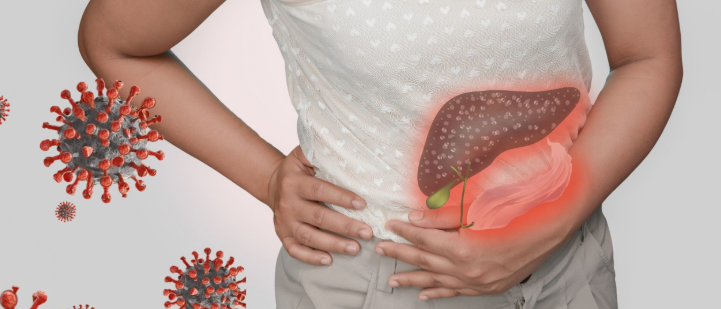Photo Credit: Vm
The following is a summary of “Assessing the consistency of FIB-4, APRI, and GPR in evaluating significant liver fibrosis and cirrhosis in COVID-19 patients with concurrent liver diseases,” published in the March 2025 issue of BMC Gastroenterology by Yan et al.
This study assessed the reliability and consistency of three widely used non-invasive indices—FIB-4, APRI, and GPR—in evaluating significant liver fibrosis and cirrhosis in patients with Coronavirus Disease 2019 (COVID-19) who also had preexisting liver conditions. By comparing these indices, the study aimed to provide guidance for clinical decision-making regarding non-invasive liver fibrosis assessment in this patient population.
A total of 744 patients with COVID-19 and coexisting liver diseases were retrospectively analyzed. Among them, 508 had non-alcoholic fatty liver disease (NAFLD), 158 had chronic hepatitis B (CHB), and 78 had both conditions. The FIB-4, APRI, and GPR indices were used to assess the presence of significant liver fibrosis and cirrhosis. Kappa analysis was performed to determine the level of agreement among these indices, while receiver operating characteristic (ROC) curves were employed to establish optimal cutoff values for each method. Additionally, linear trend analyses explored the relationships between these indices and COVID-19 severity, as well as the duration required for viral clearance.
In patients with COVID-19 with NAFLD, the Kappa values indicating agreement among the indices for significant liver fibrosis were 0.81, 0.90, 0.80, and 0.79, while those for cirrhosis were 0.88, 0.97, 0.88, and 0.88 (all p < 0.05). In patients with CHB, Kappa values for fibrosis assessment were 0.81, 0.81, 0.83, and 0.75, and for cirrhosis assessment were 0.87, 0.91, 0.88, and 0.92 (all p < 0.05). For patients with both NAFLD and CHB, Kappa values for fibrosis were 0.87, 0.86, 0.86, and 0.78, while those for cirrhosis were 0.67, 0.69, 0.54, and 0.81 (all p < 0.05). A significant linear relationship was observed between the severity of COVID-19 and increasing values of FIB-4 (χ2 trend = 15.205), APRI (χ2 trend = 35.114), and GPR (χ2 trend = 13.973) (all p < 0.001). Additionally, FIB-4 and APRI values correlated with a prolonged duration for achieving viral clearance in patients with COVID-19 with NAFLD (all p < 0.05), while FIB-4 and GPR values showed a similar correlation in patients with CHB (all p < 0.05).
These findings indicate that non-invasive fibrosis assessment using the current cutoff values provides a highly consistent evaluation of significant liver fibrosis and cirrhosis in patients with COVID-19 with underlying liver diseases. However, in patients with both NAFLD and CHB, FIB-4 and GPR demonstrated only moderate consistency in cirrhosis assessment. Moreover, increased liver fibrosis was associated with more severe COVID-19 outcomes and prolonged viral clearance time, underscoring the importance of monitoring liver function in patients with COVID-19 with preexisting liver conditions. These results highlight the potential role of liver fibrosis indices in risk stratification and clinical management of patients with COVID-19 with concurrent liver disease.
Source: bmcgastroenterol.biomedcentral.com/articles/10.1186/s12876-025-03770-w














Create Post
Twitter/X Preview
Logout